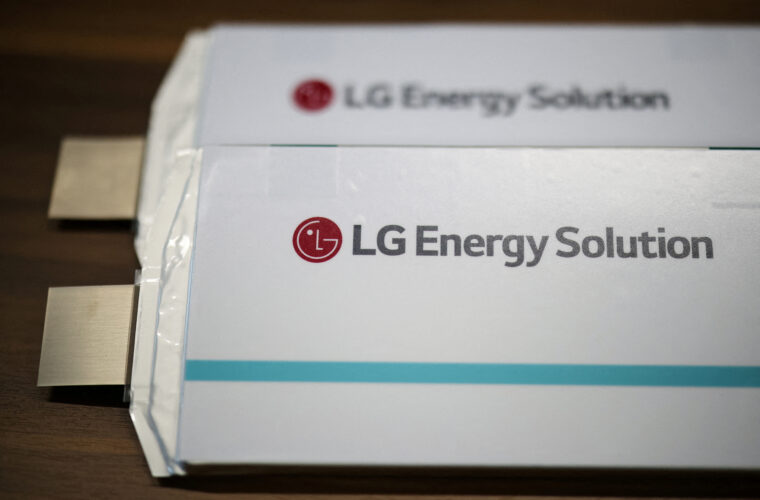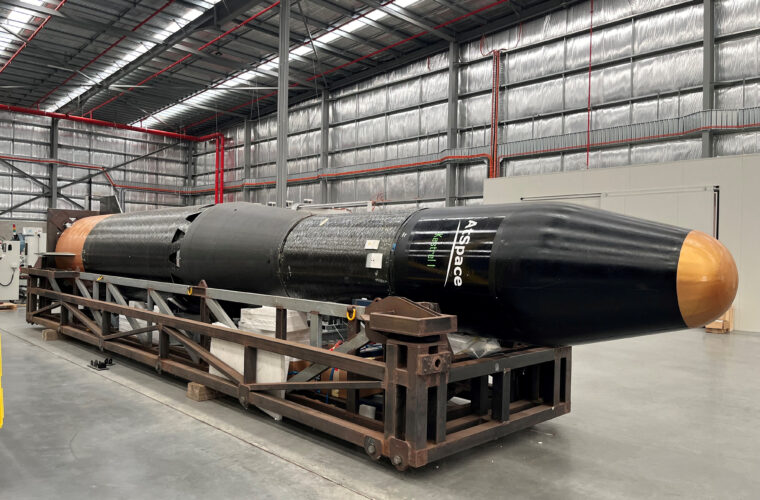Here’s what Jasmeet Singh Sethi who leads Ericsson’s ConsumerLab told us about the internal startup program
5G is a platform for innovation and the players across the ecosystem need to work together to keep its full potential. That’s why Ericsson one of the leaders in 5G infrastructures construction in the world, has an internal Startup 5G program which aims to give to communications service providers the power of accelerating the commercialization of 5G, by introducing the startups to the right consumer innovation partners. The service providers have access to a select list of companies developing 5G services, devices and applications so as to be able to propose the experiences to companies that can raise their value.. Ericsson Startup 5G helps associated startups to evolve their business, providing visibility in major technological events and sharing the technical and strategic know-how. To understand how the program can really finalize the development of 5G in different audiences, we had an interview with Jasmeet Singh Sethi, Head of ConsumerLab, Ericsson.
Where does Ericsson see the greatest potential in the use of 5G, is this the consumer market?
5G benefits extend to both enterprises and consumers segment. While much attention has been placed on enterprise verticals by mobile operators seeking new revenues that leverage the advanced network characteristics of 5G, the consumer market will still generate the majority of core mobile revenues for service providers. Ericsson new report Harnessing the 5G consumer potential highlights that the 5G consumer market is worth a cumulative of USD 31 trillion by 2030 for ICT players. Globally communication service providers can earn a cumulative of USD 3.7 trillion in 5G revenues from the consumer market over the coming decade. In Europe, service providers can earn a cumulative of USD 639 billion by 2030 in 5G revenues from consumer market. The success of 5G in the consumer market will be crucial for service providers, underpinning the network expansion to enable them to also target new use cases for industries and enterprises. In addition to consumer market oppurtunity we have also highlighted in a report titled 5G for business: a 2030 market compass – that the addressable industry digitalization market for service providers could grow to about USD 700 billion by the end of the next decade.
5G could bring benefits to many people. What role do startups play in this scenario? How does Ericsson work to grow the startup ecosystem?
New applications and services will be crucial to derive the full value of 5G and highlight the benefits of this technology to consumers. With that in mind, Ericsson is stepping in with its Startup 5G program launched recently. The program aims to scout for and work closely with promising global startups and firms who are building compelling 5G applications and services for the consumer market. We have a number of startups on the program, ranging from developers of next generation sports experiences, AR/VR, gaming to creators of 5G devices with exciting new form factors. The ambition is to grow the program to a full catalogue of 5G applications and services that spans multiple consumer segments. Ericsson is playing a role of a catalyst and orchestrator connecting ecosystem players to help service providers accelerate the commercialization of 5G use cases and in turn assist promising startups to scale.
Ericsson Startup 5G program provides a number of benefits for the companies joining our network of innovators: access to 25 years of consumer insights from Ericsson ConsumerLab, support from 5G experts and access to 5G testbeds, access to Ericsson’s worldwide network of mobile operators, unparalleled exposure in digital events run in conjunction with Ericsson, network with a broad community of like-minded startups.
This in addition to our D-15 with its most advanced 5G testbed in Silicon Valley which serves as an innovation hub for much of this type of collaboration and co-creation, in addition to our many R&D locations worldwide.

Jasmeet Singh Sethi
To what extent will cybersecurity be fundamental in the next few years?
Mobile networks have become part of the critical infrastructure for the society and industries. In 5G and on the journey towards future mobile networks, we believe trustworthiness will elevate to a level where the networks can fulfil the requirements of even the most mission and business critical use cases. The communication infrastructure will be a fusion of connectivity and compute characterized by trustworthiness in all major dimensions, including resilience, privacy, security, reliability, and safety.
Is Ericsson already working on the next generation of mobile technology?
Ericsson Research currently employs more than 700 world-class, future-focused researchers at our facilities located across the globe. These dedicated professionals work closely with each other and with both academia and industry to drive Ericsson’s technology leadership forward for the benefit of our customers, our customers’ customers and society as a whole. These researchers have an enormous impact on our business in so many ways – for example, over 50 percent of all Ericsson patents are generated by Ericsson Research employees. Continuous trend monitoring and analysis is a big part of our work at Ericsson Research which also serves as a cornerstone in the development of a common Ericsson vision of what 6G will provide, and what sort of technology evolution will be required to get there. At Ericsson we continue to develop views on the evolution of a collective set of technologies that will build up the 6G network platform for the future.
According to the last Ericsson Mobility Report, by the end of this year, more than 1 billion people (15% of the world’s population) will live in an area that has coverage rolled out. In the next six years, 60% of the world’s population will have access to 5G coverage, with the subscription numbers capable of reaching 3.5 billion. Europe will end the year with about 1% 5G subscriptions in the region due to the fact that during the year, some countries delayed auctions of the radio spectrum needed to support 5G deployment. 5G success will not be limited to coverage or subscription numbers alone. Its value will also be determined by new use cases and applications, just like Jasmeet Singh Sethi told us. So many applications (e.g. IoT, AR, VR) will enable a wide range of time-critical services for consumers, enterprises and public institutions across various sectors, with 5G public and dedicated networks. Cloud gaming is another emerging category because the combined capabilities provided by 5G networks and edge compute technologies will enable game streaming services on smartphones to compete with a quality of experience with PC and console counterparts, opening up for a new entertainment immersive era.



